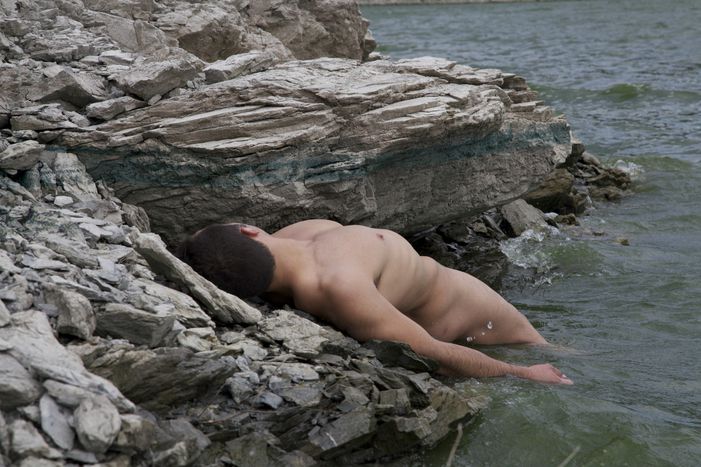
Macedonia: art is driving force of national identity (16 images)
Published on
Translation by:
 Lyndsey Smith
Lyndsey Smith
Macedonia is just twenty years old and is anxious to create its own national identity. While the government of the Former Yugoslav Republic of Macedonia (FYRM), as it is officially known, has chosen to appropriate history as a model for the future, citizens are unable to identify with a past that they don’t remember. The government’s initiative is countered by the work of the younger generation, particularly artists, who are using new media to prove their worth and develop their influence abroad. Between artists’ projects and the megalomaniac constructions of the government, art is emerging as the driving force of a new Macedonian identity
This article is part of cafebabel.com’s 2010-2011 feature focus on the Balkans - read more about the project Orient Express Reporter
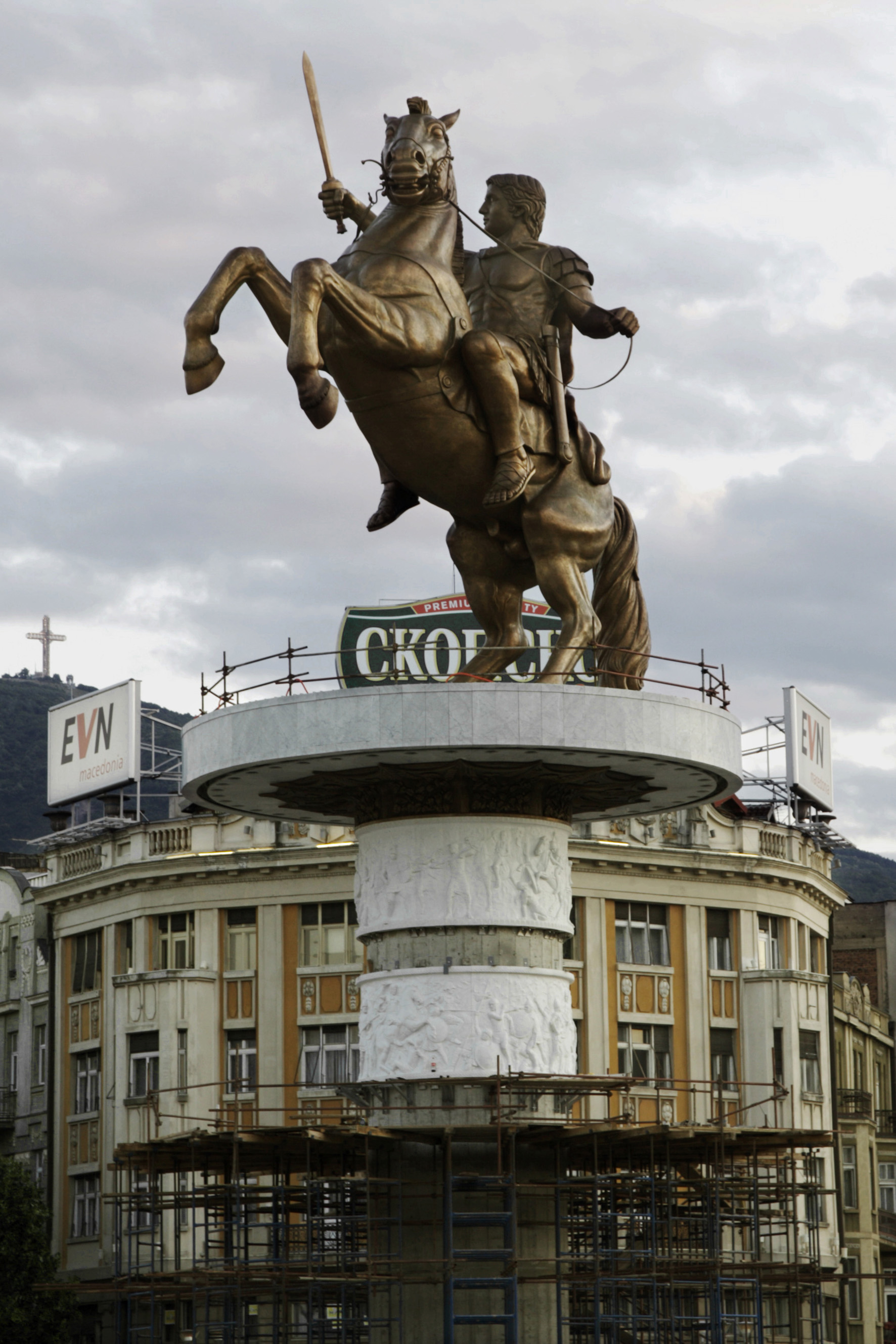
In launching the neo-classical project ‘Skopje 2014’, the Macedonian government is imposing its own vision of national identity. Drawing its inspiration from the past and evoking Alexander the Great, Macedonia’s ruling party, the VMRO-DPMNE, want to give the capital a makeover (Image: © Sab Ji)
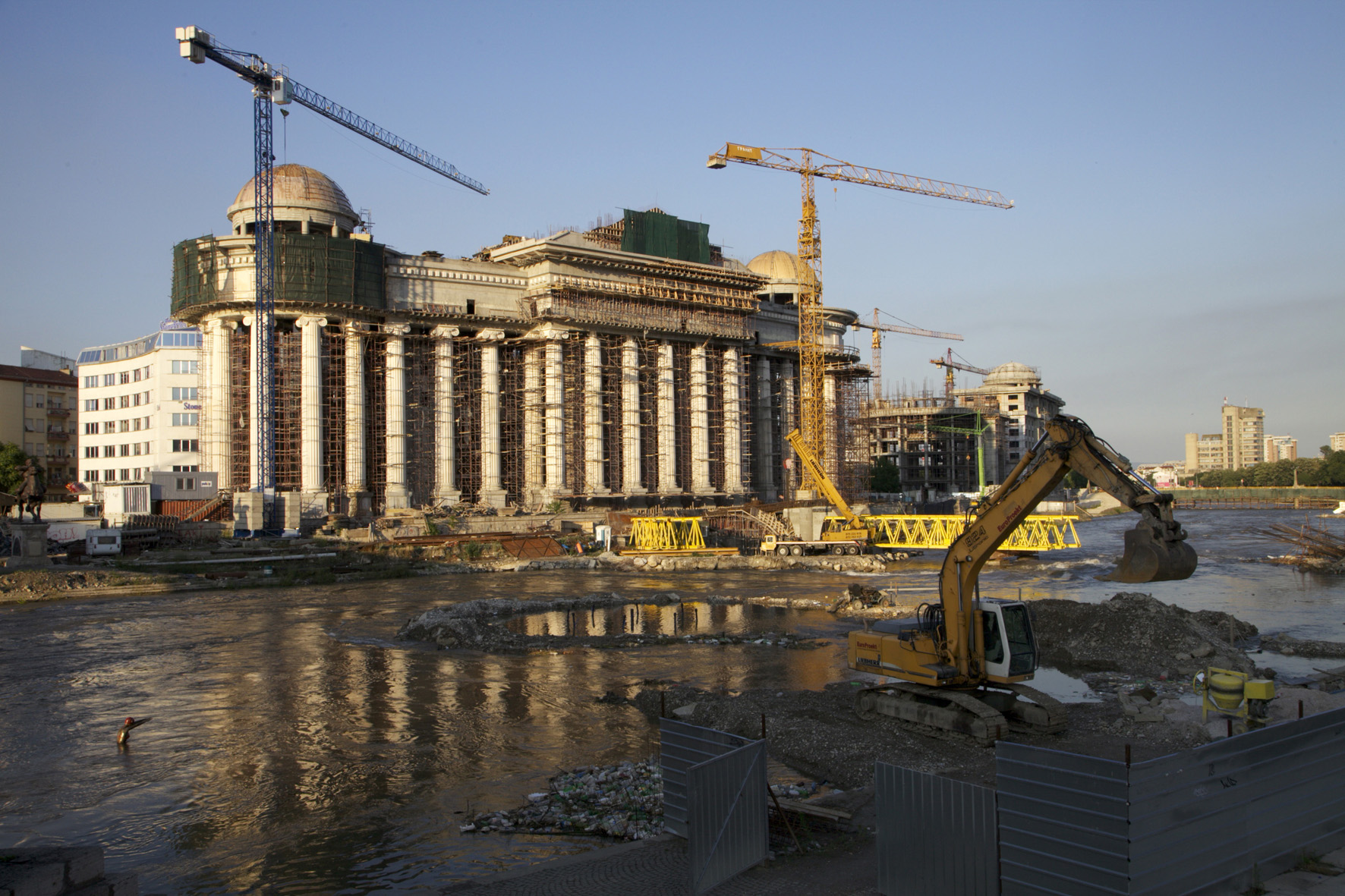
Aesthetic choices, such as an imitation Arc de Triomphe and neoclassical architecture are problematic in a country that never had these styles in the past. ‘Skopje 2014’ has also been criticised by the public because of its astronomical cost during a time of economic crisis (Image: © Sab Ji)
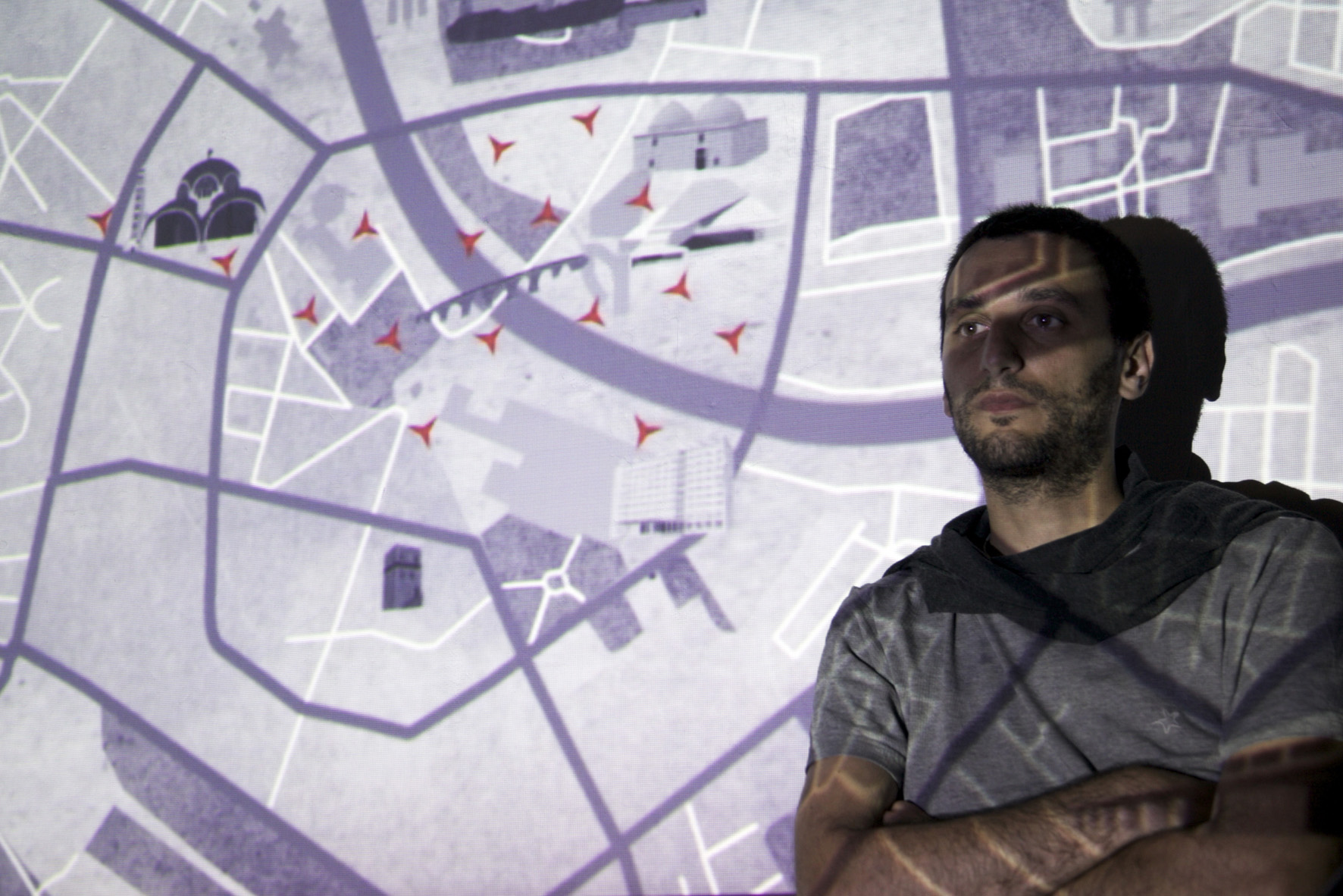
The photographer and multimedia artist’s first exhibition in Skopje used an interactive installation to denounce ‘the aggression of space’ which he sees as the result of the vast government initiative. For the vast majority of independent artists, 'Skopje 2014' is a political and artistic absurdity (Image: © Sab Ji)

Ana Frangovska, curator of the National Gallery of Macedonia, considers the media used in Macedonia to be too classical. ‘Art lacks substance,’ she says. ‘The government must stop interfering with art before things can change.’ (Image: © Sab Ji)
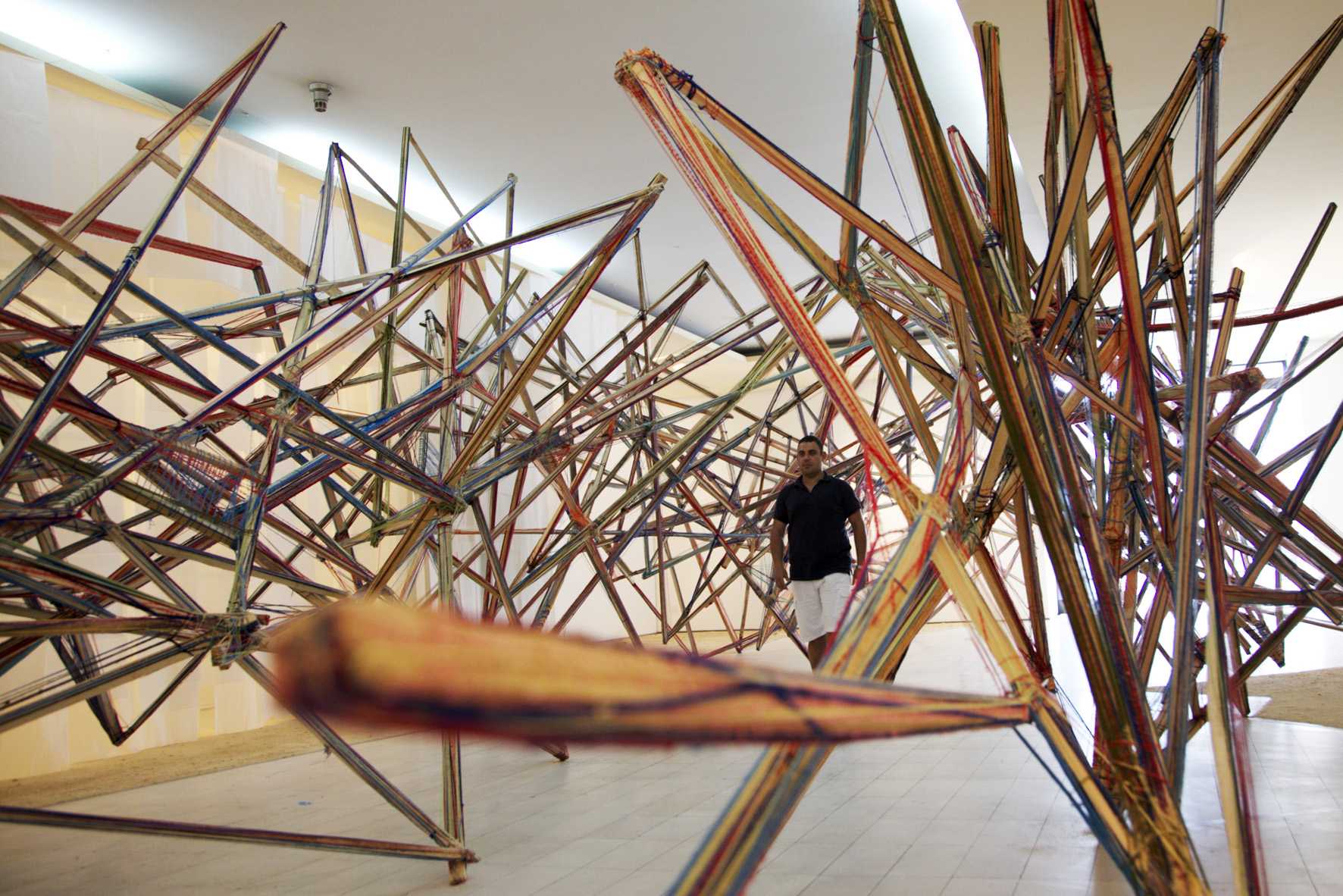
With an unemployment rate of more than 30%, Macedonians have more important worries than art. However, there are good opportunities for the young generation in this little country. Blagoja Varoshanec, aged just 24, is curator of the Museum of Contemporary Art. He and the young team running the museum want to make contemporary art accessible to a wider public (Image: © Sab Ji)
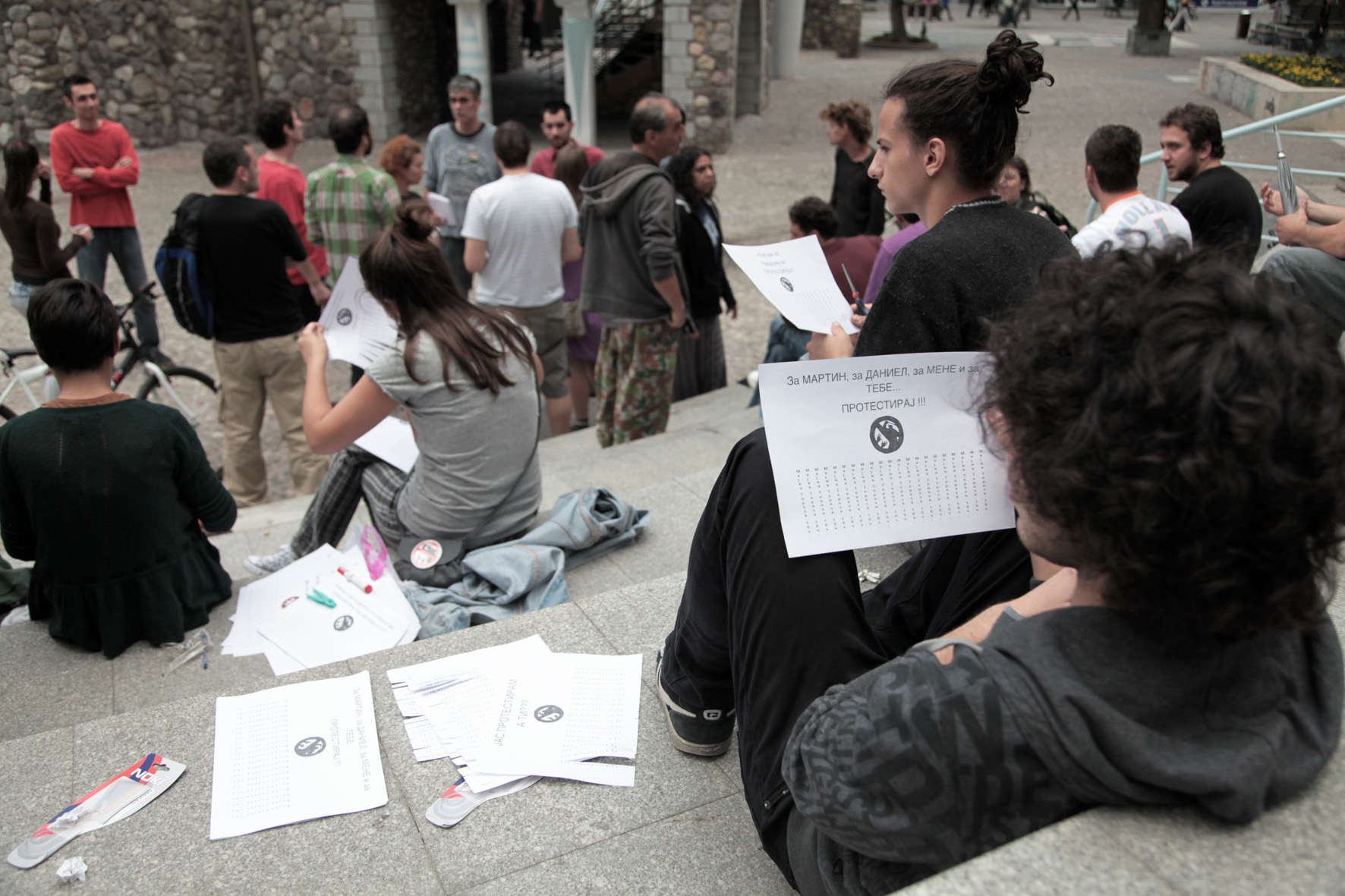
The police violence which afflicts Macedonia inspired a first wave of protests in defence of human rights. This group of demonstrators refuses to take sides politically and instead wants to use art to make the public more aware (Image: © Sab Ji)
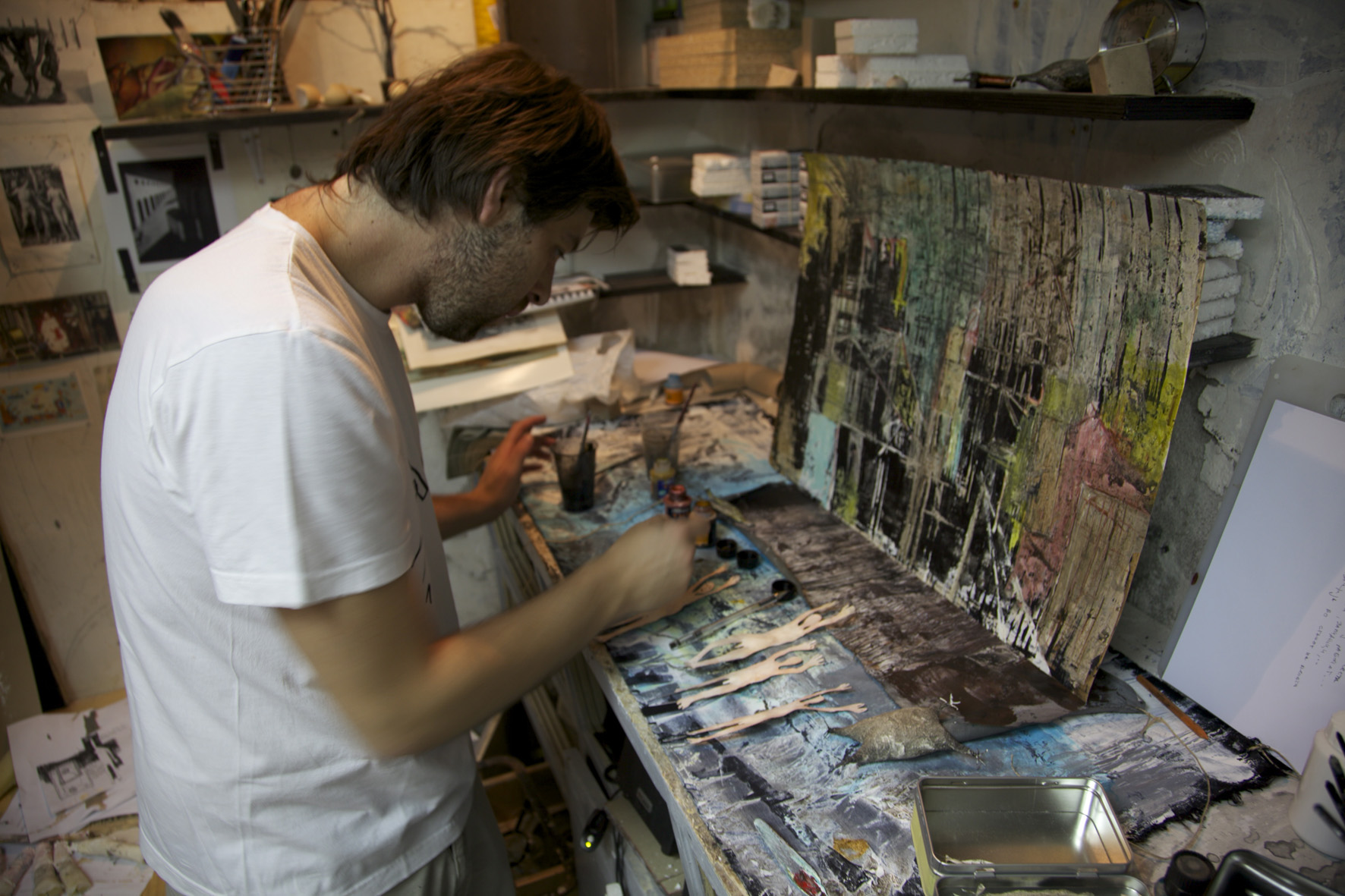
Director of animated films, sculptor and DJ: like most artists Ivan has to do many things to make a living. His ambition is to use art to counter the apathy among the youth which has been caused by unemployment (Image: © Sab Ji)
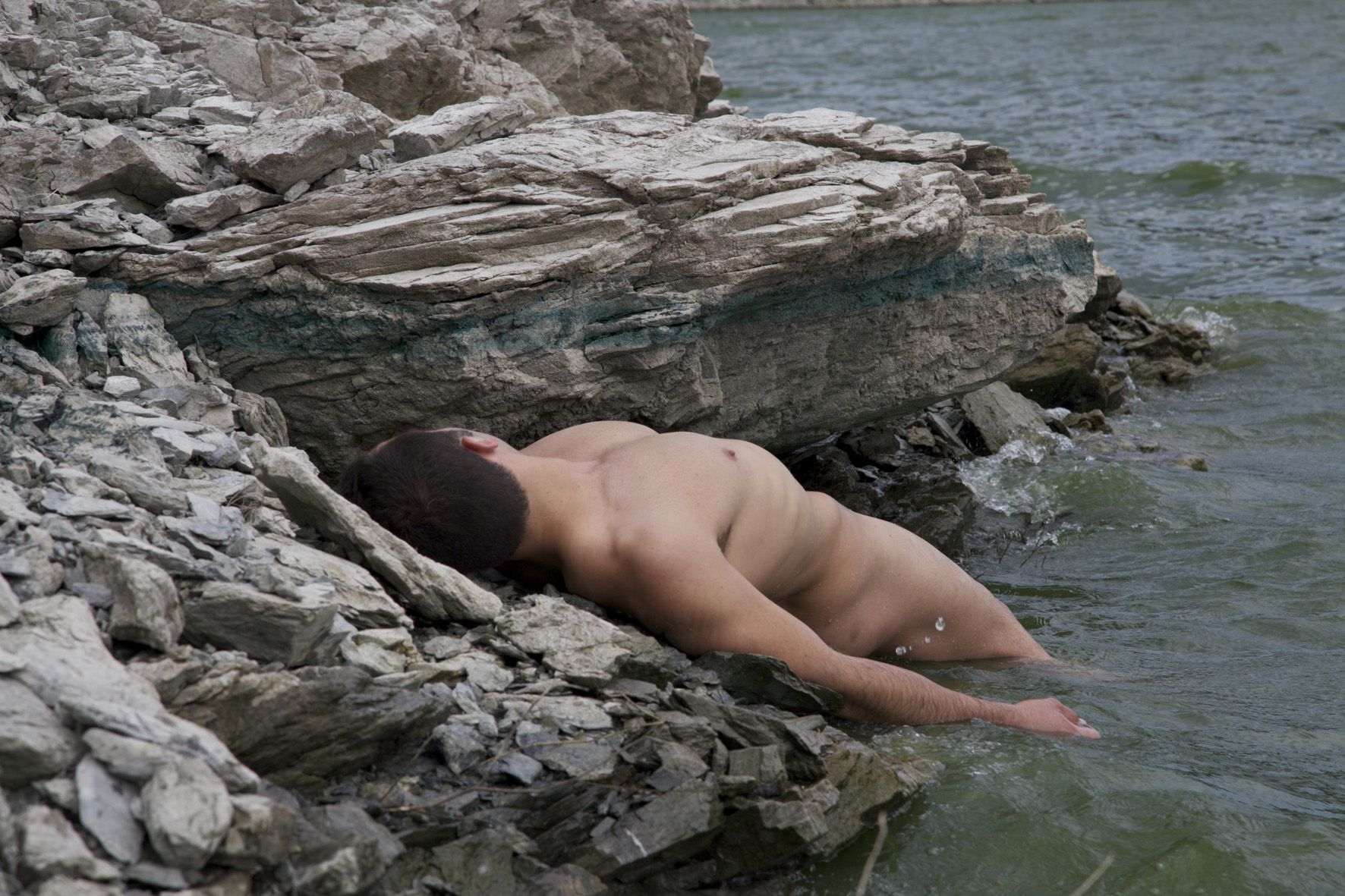
This 25-year-old visual artist had to wait for recognition abroad before being acknowledged in his own country. Painter and performer, he believes Macedonia must open up to the outside world in order to develop good contemporary art. His performances, such as ‘Lost bodies - dying artist’ here in Kadavarci, never fail to question local classicism (Image: © Sab Ji)
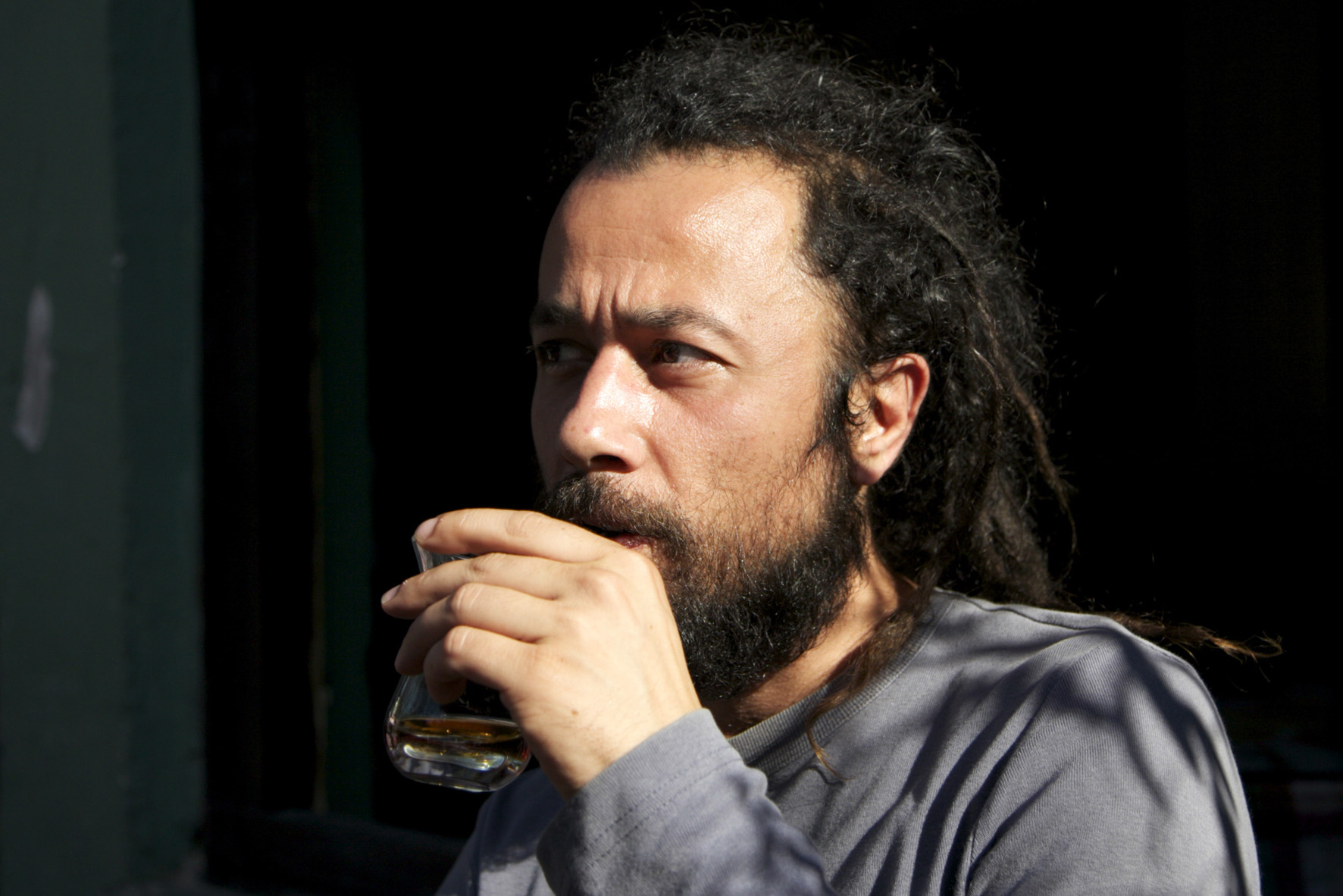
Kiro works for the MakeDox festival, trying to re-establish the tradition of documentary film which has been lost over the past 30 years. Now in its second year the festival screens a diverse selection of documentaries and also shows films in villages so as to connect with a broader public. MakeDox hopes to encourage film makers to produce documentaries (Image: © Sab Ji)
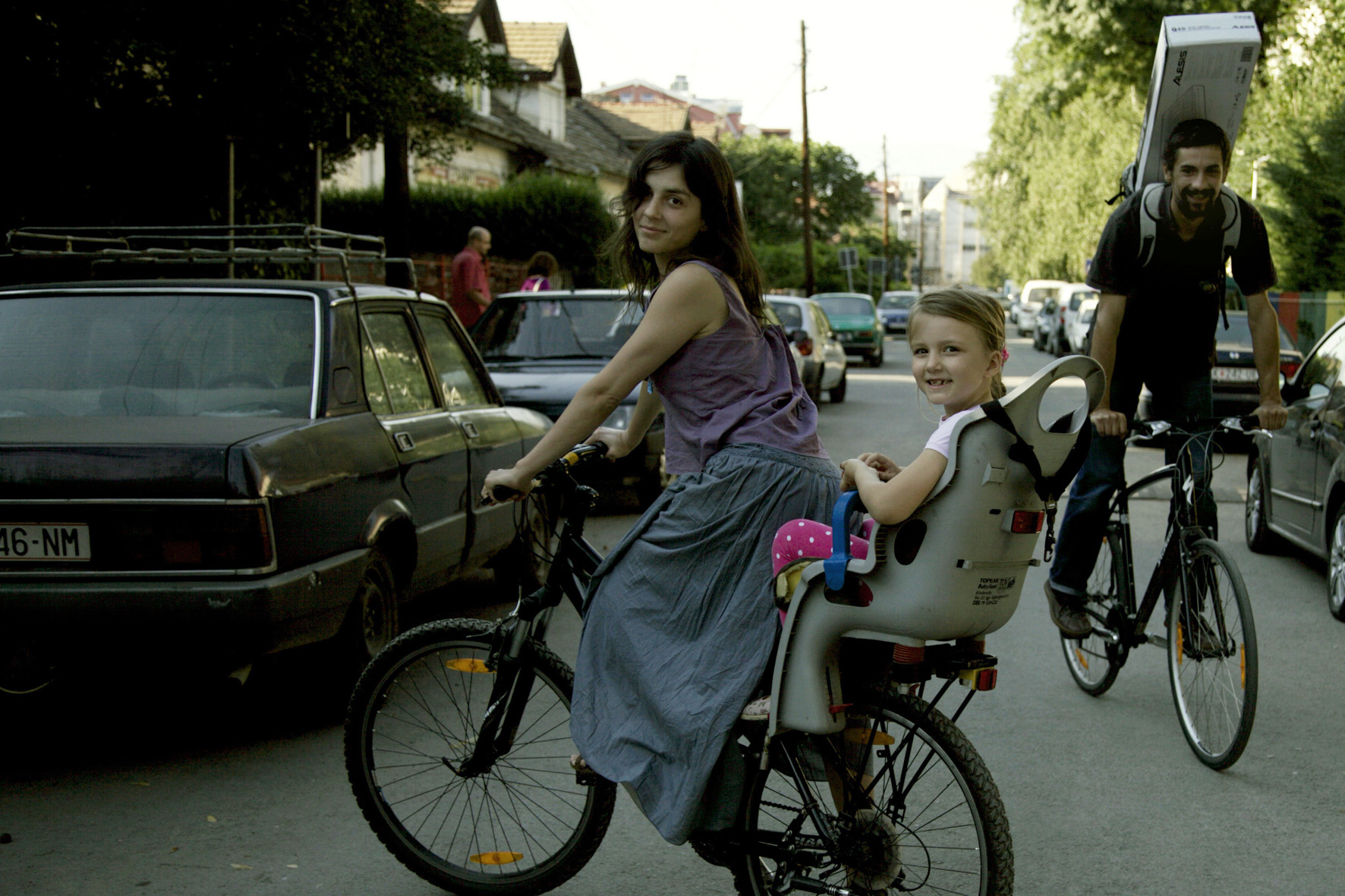
The young director and actress is part of the independent theatre scene. Like many artists, she and her colleague Victor must search for ways to raise money and to find platforms for their projects. The apolitical opinions of independent artists often prevent them from being granted government subsidies (Image: © Sab Ji)
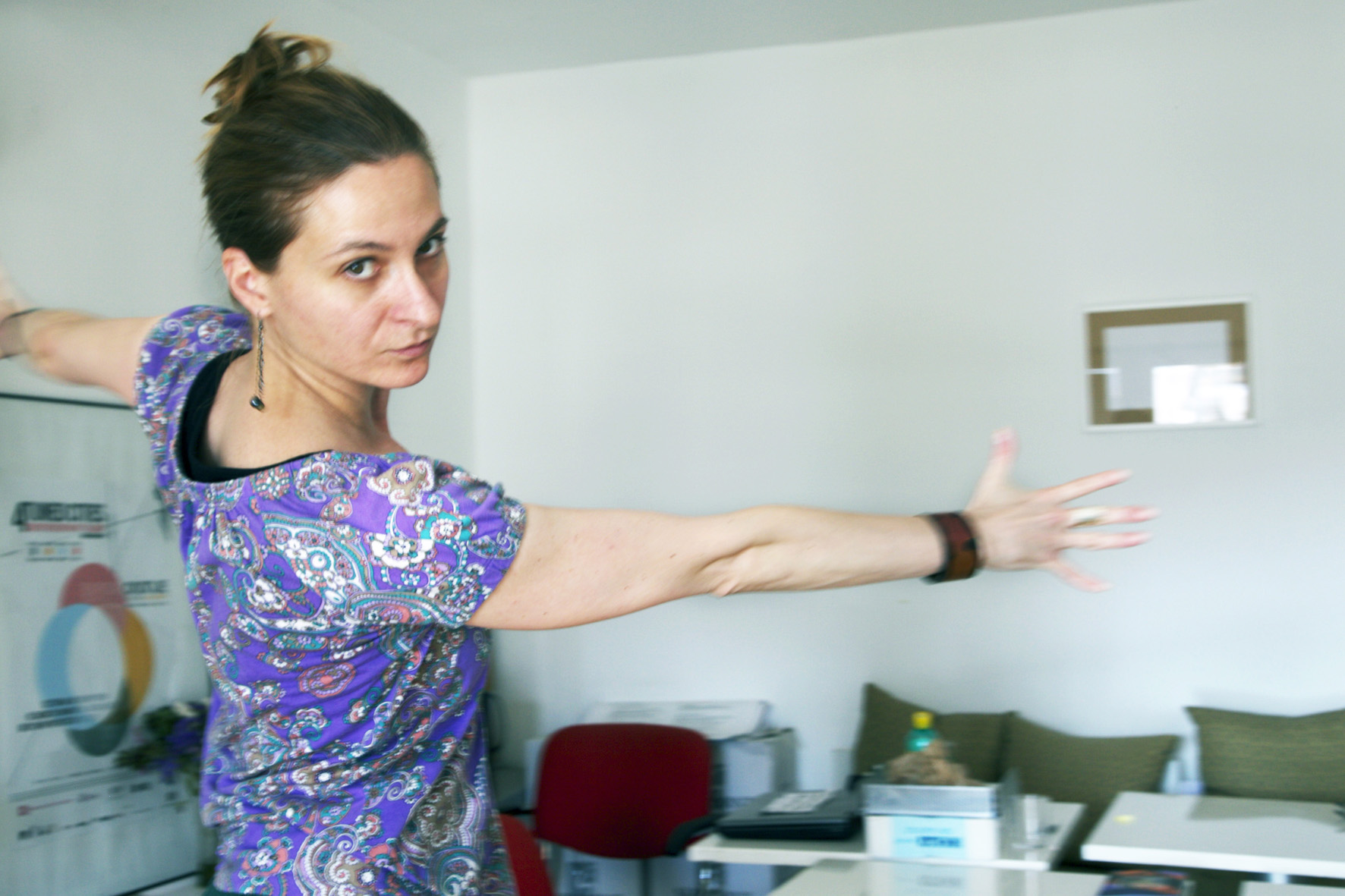
Iskra, 38, is a pioneer of contemporary dance in Macedonia. She works in the office for the non-profit organisation Lokomotiva, which promotes contemporary art in all its forms, and also teaches at its recently opened dance academy (Image: © Sab Ji)
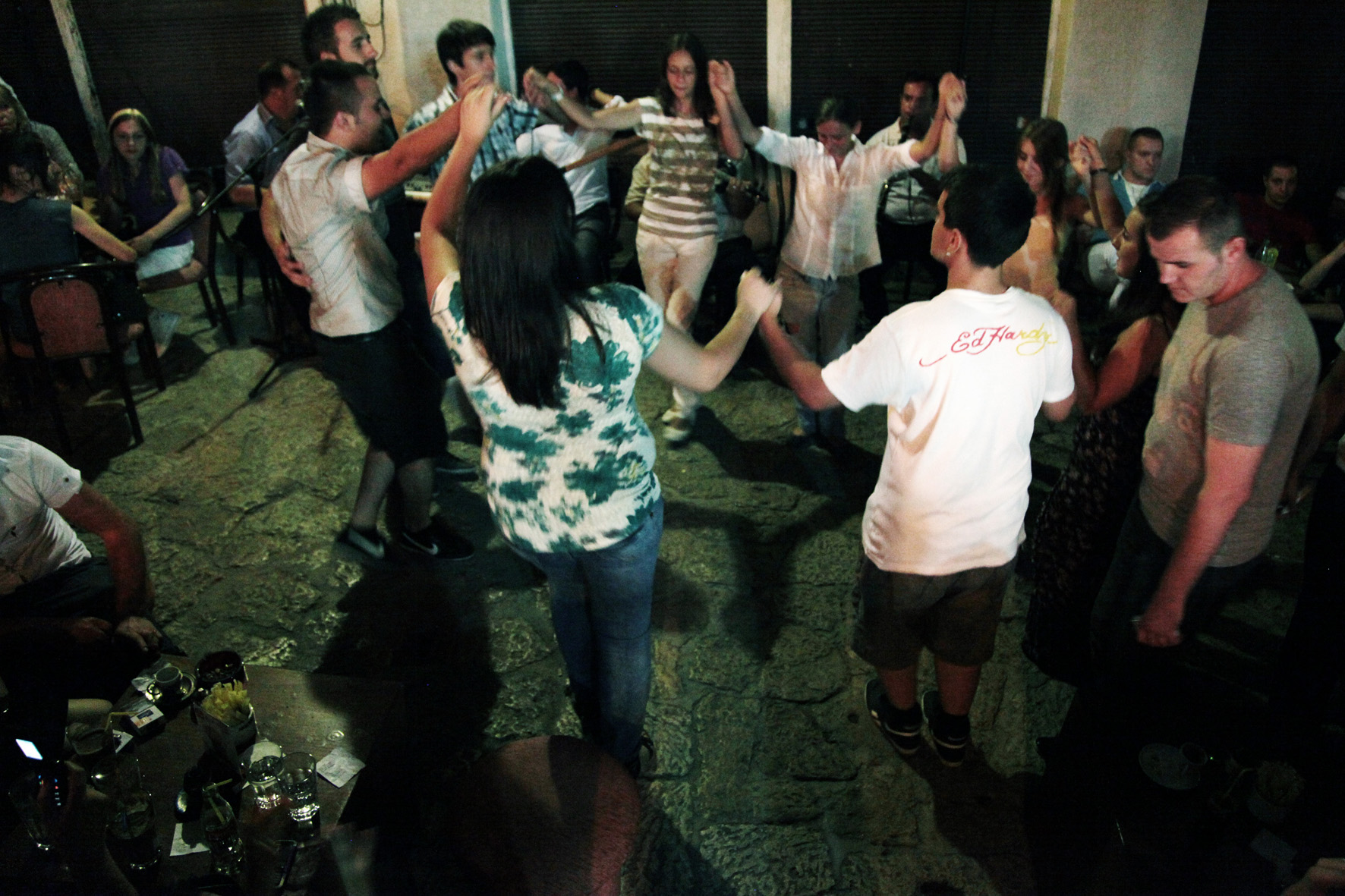
There are bars everywhere in the capital, and they play an important role in cultural life. Almost all bars invite musicians to play during the evenings. People dance in the streets and ethnic differences fade away with the music. Art is a neutral territory that unites the diverse Macedonian population (Image: © Sab Ji)
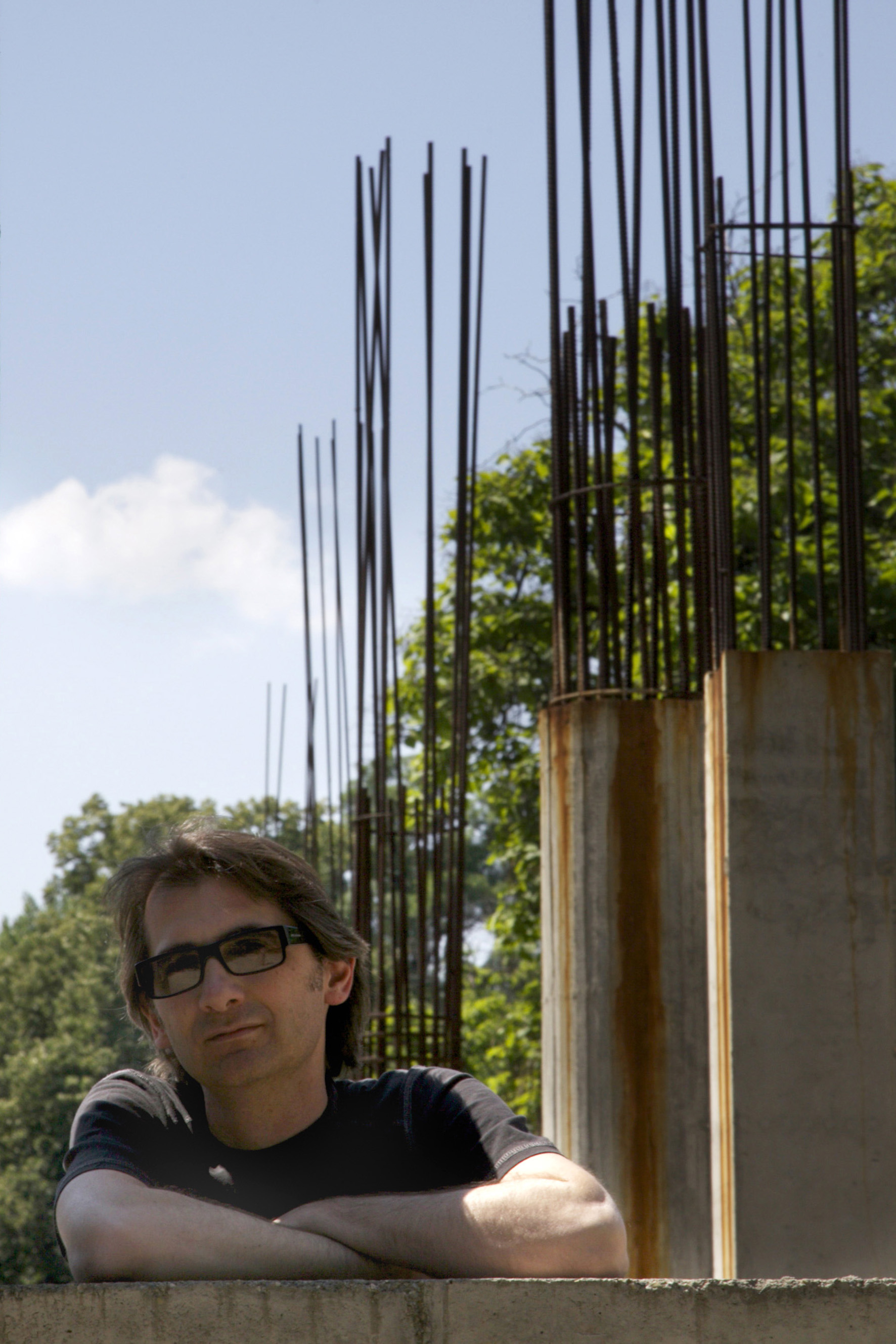
The talented film director mostly works abroad. A pioneer in theatre and cinema, Popovski believes that ‘art in Macedonia has to find a new system of values and build something positive.’ (Image: © Sab Ji)
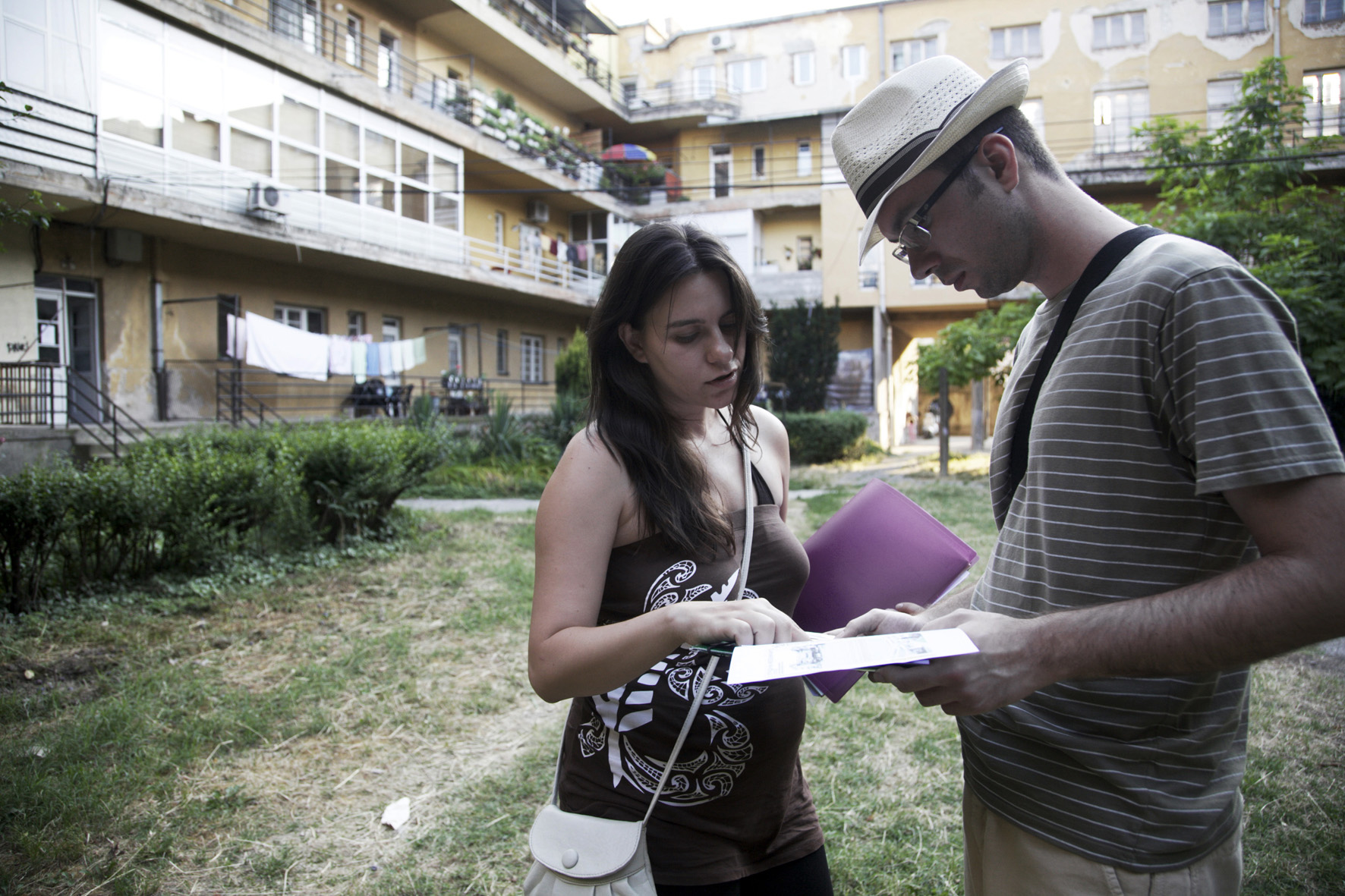
Vesna and Nevenka are two founding members of a group of young architects determined to make a name for themselves in Macedonia. Their plan is to renovate abandoned spaces. They aim to bring some life back to this socialist era building in the heart of the capital (Image: © Sab Ji)
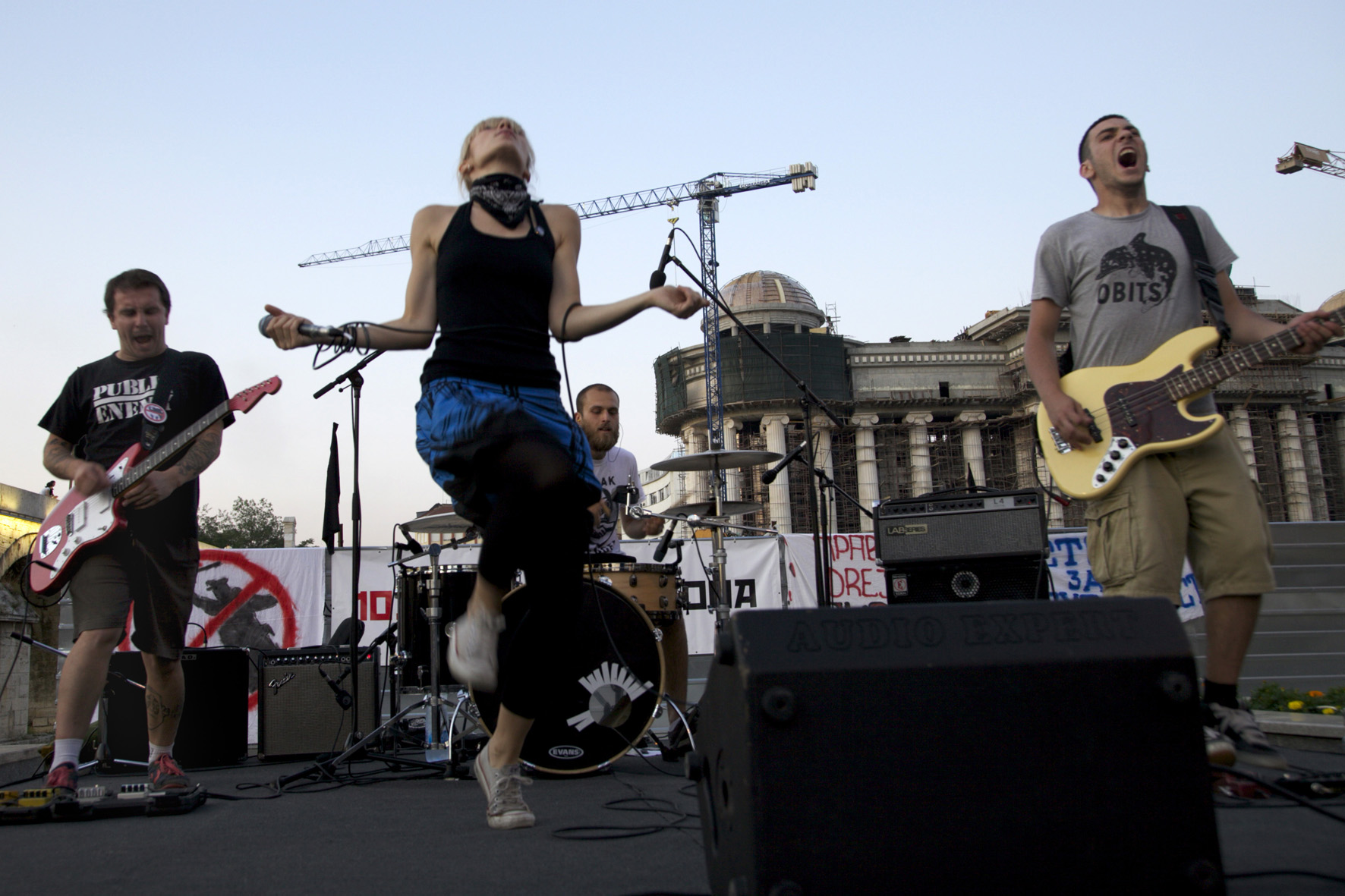
Born at the same time as the country, the radio channel kanal103 celebrates its birthday in rock'n'roll fashion and the public comes in droves to attend a huge concert in the city's main square. Over the last twenty years the station has supported generations of musicians and defended the right to freedom of creation for young Macedonians (Image: © Sab Ji)
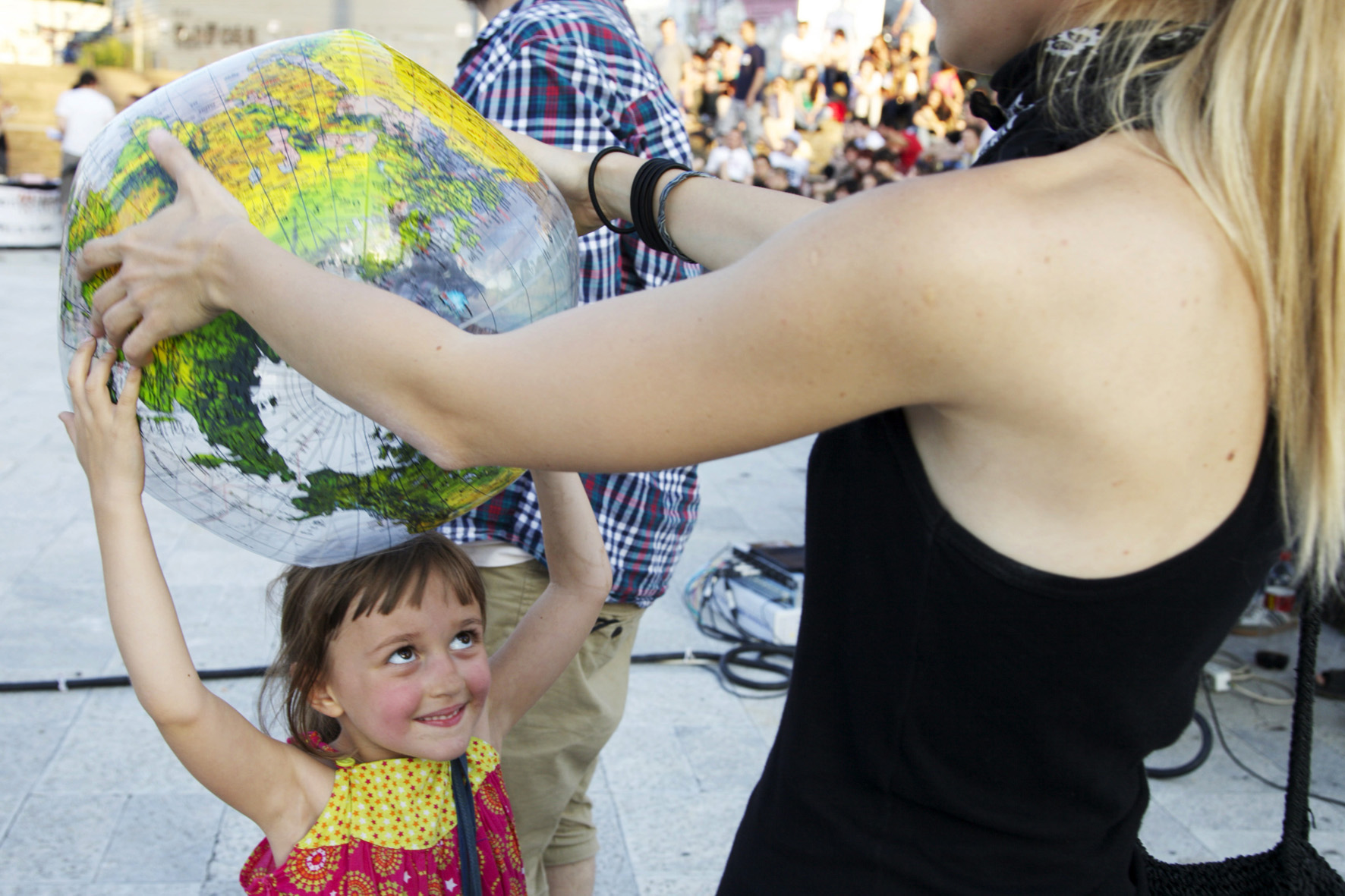
Classical or contemporary, art is a fundamental factor in the creation of a national identity. Artists who work abroad act as a window into the country. The government may hope to attract tourism with ‘Skopje 2014’ and to affirm Macedonian identity with its works of art but that all depends on the younger generation (Image: © Sab Ji)
Translated from Macédoine: l'art vecteur de l'identité nationale


